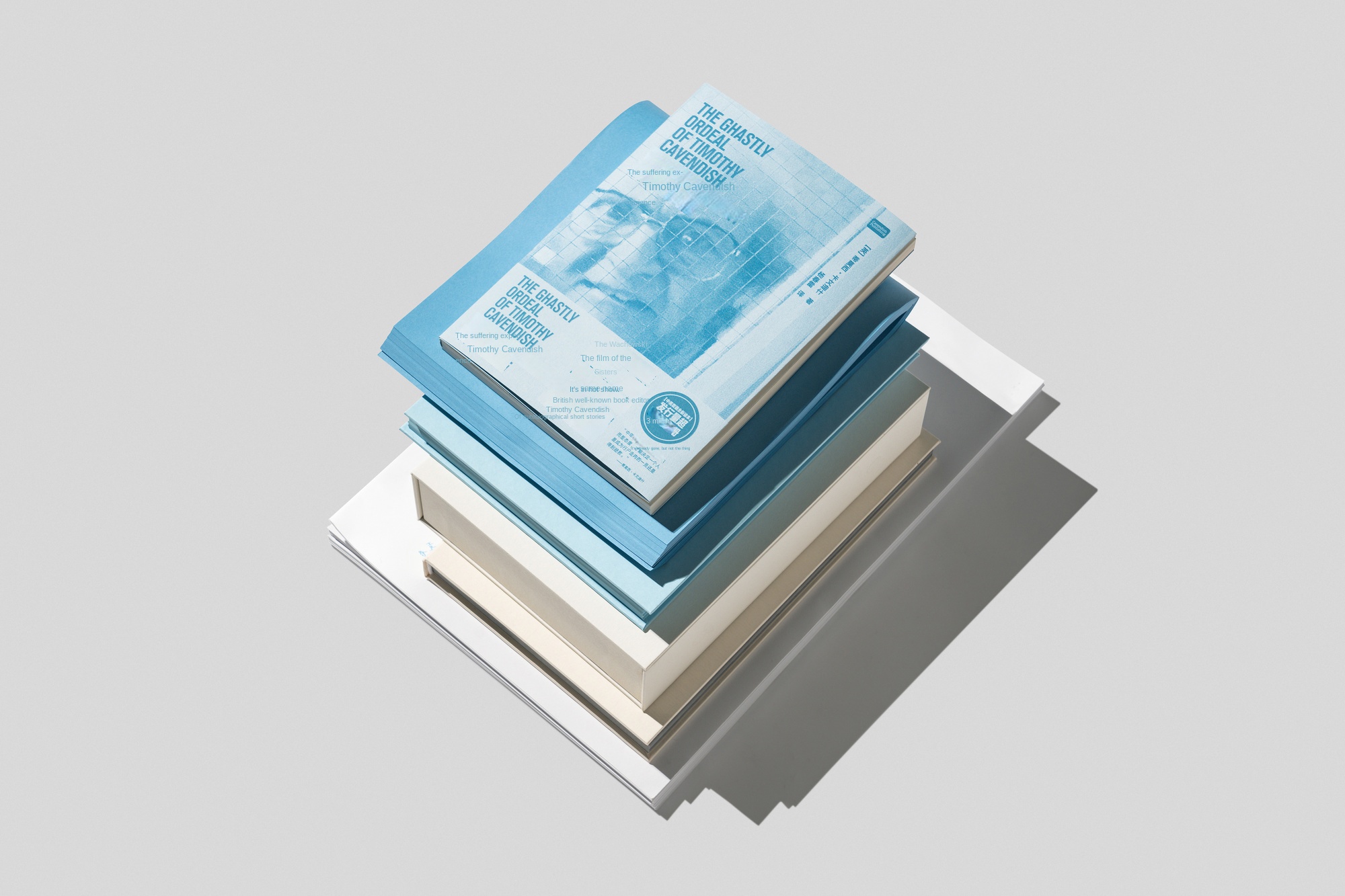
Cloud Atlas_RGB_2
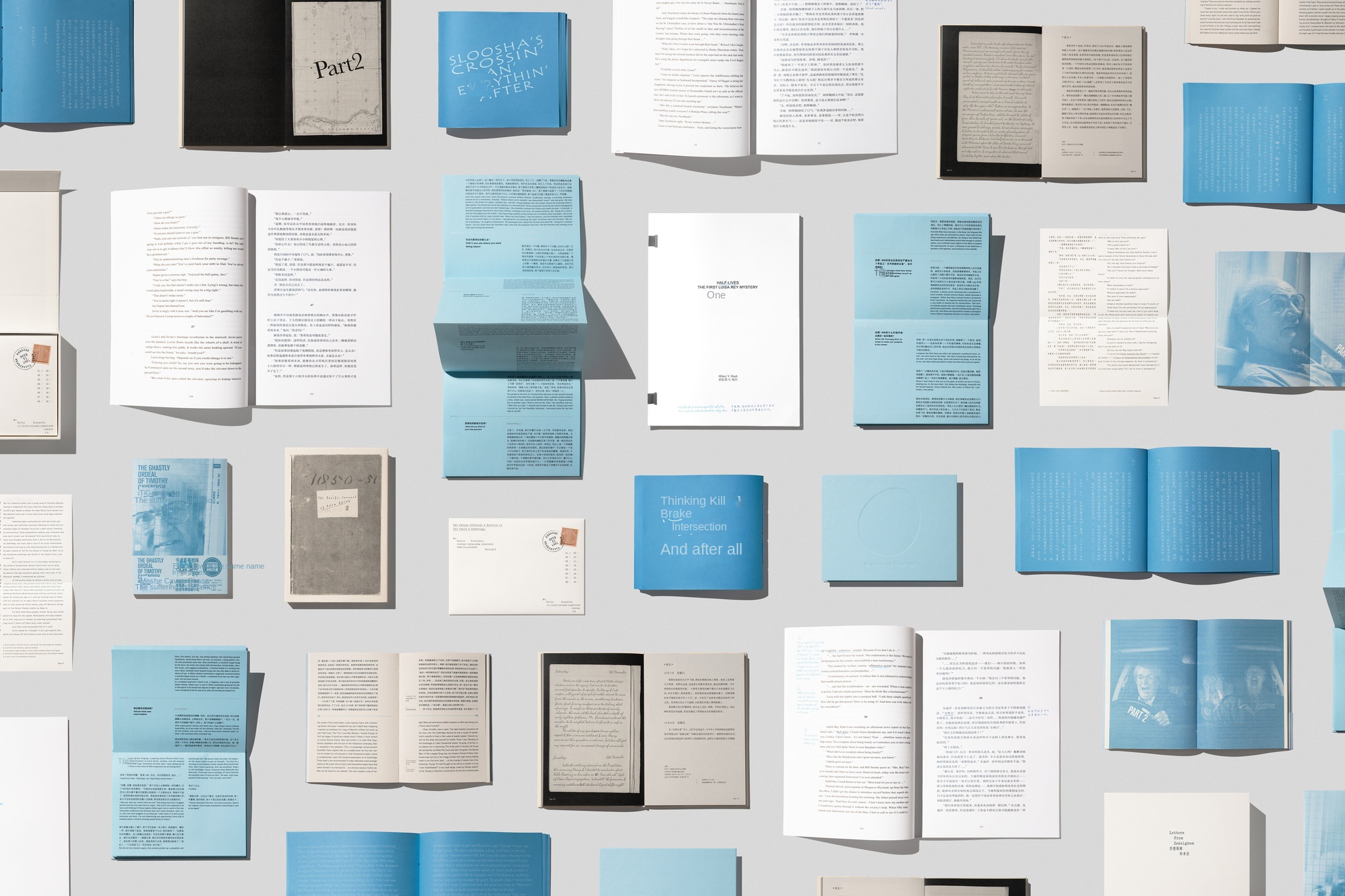
Cloud Atlas_RGB_5
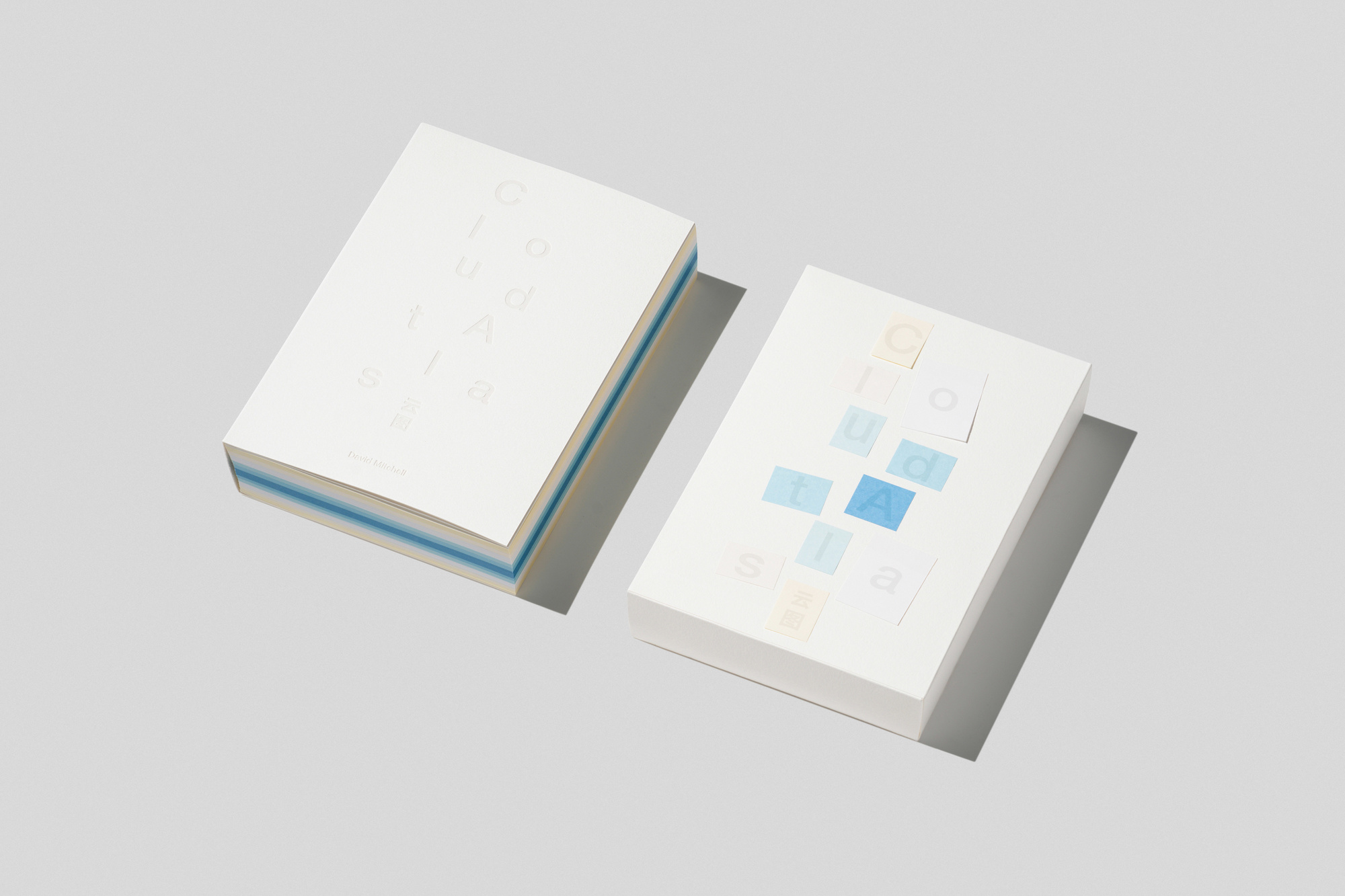
Cloud Atlas_RGB_8
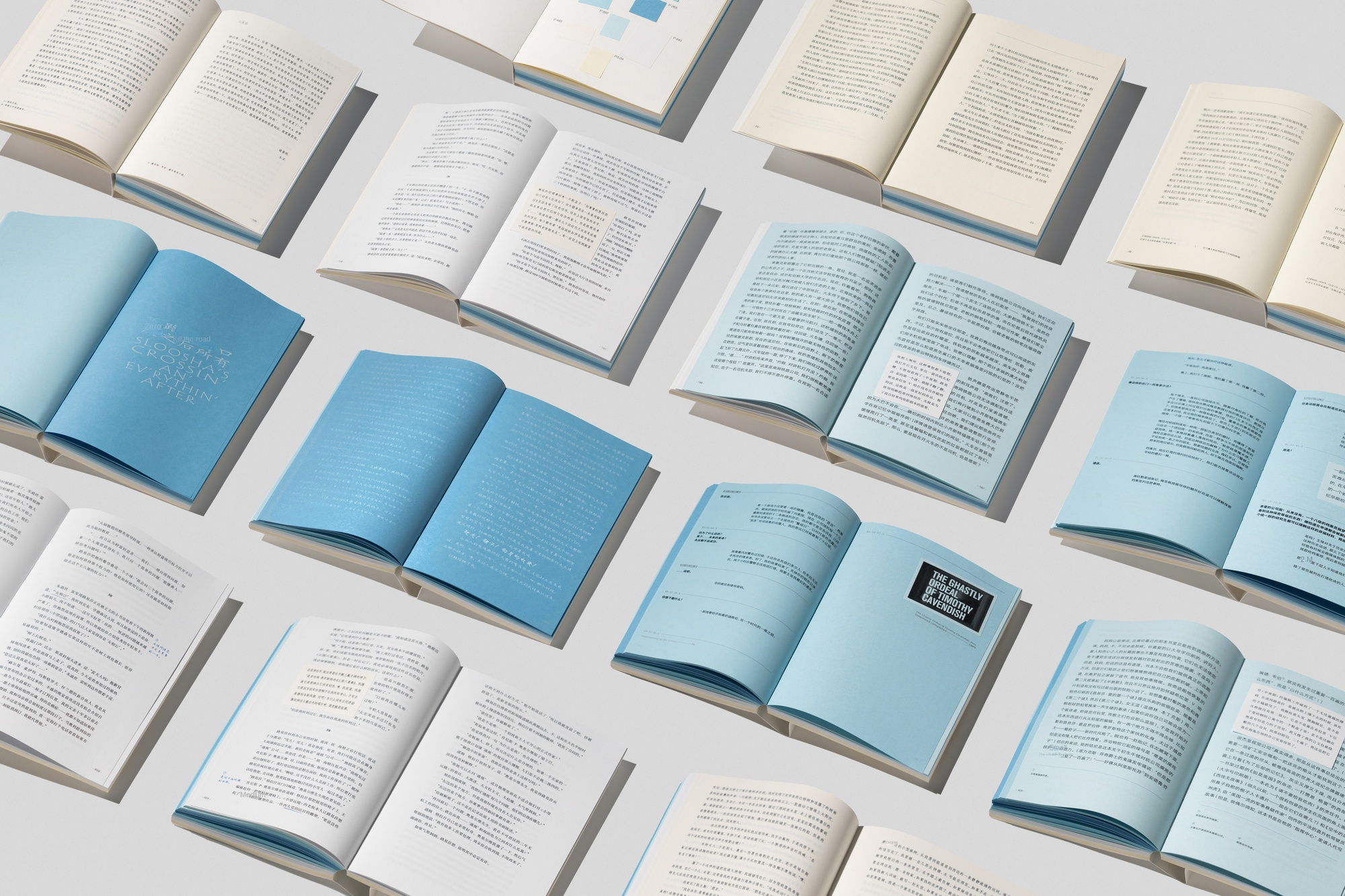
Cloud Atlas_RGB_9
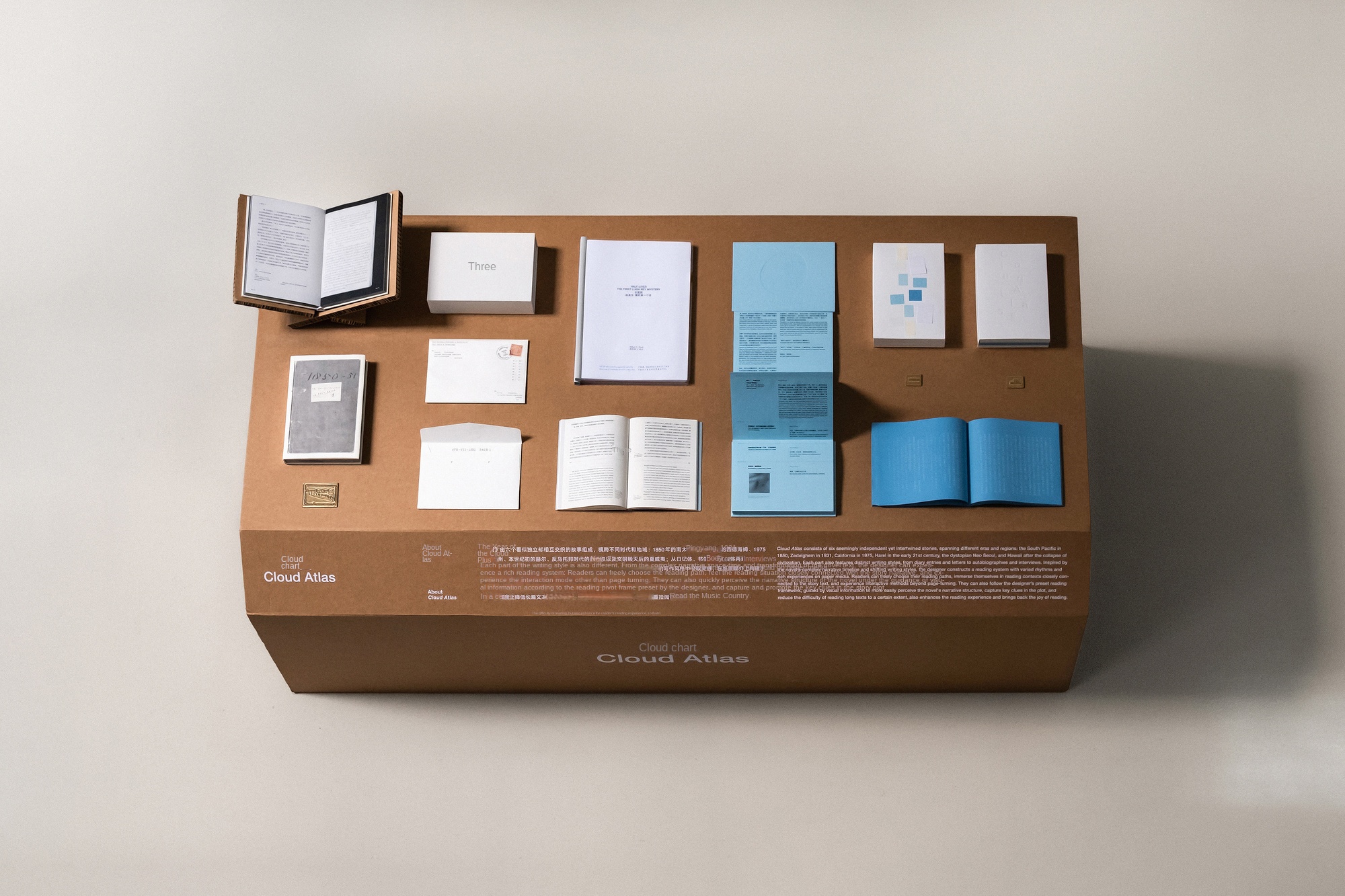
Cloud Atlas_RGB_12
Cloud Atlas_Explanatory Video
"Cloud Atlas" consists of six seemingly independent but intertwined stories spanning different eras and regions: the South Pacific in 1850, Sidheim in 1931, California in 1975, Hull at the beginning of this century, new Seoul in the dystopian era and Hawaii after the destruction of civilization. From diary, epistolary, autobiography to interview, the writing style of each part is also quite different. The designer draws inspiration from the complex narrative time and space of the novel text and the changing writing style, and constructs a set of reading system with changeable rhythm and rich experience on the paper medium: readers can freely choose the reading path, feel the reading situation closely connected with the story text, and experience the interaction mode other than page turning; They can also quickly perceive the narrative structure of the novel under the guidance of visual information according to the reading framework preset by the designer, capture the key clues in the story, to a certain extent, reduce the difficulty of reading long text.
In recent years, the wave of experience economy spawned by the rapid development of China's economy has extended the "user-led" consumption model to the cultural field. Readers have changed from one-way receivers to reading subjects with path choice and interactive participation rights, while digital media reconstructs the public's reading habits by virtue of entertainment and fragmentation, making traditional books face the challenge of generalization of scenes. In this context, literary books urgently need to build a new reading system with both depth and attractiveness through the innovation of binding design and content arrangement-not only to respond to the demand for interactive experience in the digital age, but also to reshape the irreplaceable sensory value in the paper media. This change not only points to the breakthrough of physical form, but also concerns how to re-establish the spiritual coordinates of literary reading in the context of information overload. From the perspective of improving the reading experience, the designer launched a book design practice with the novel "Cloud Atlas" as a model.
Xu Weiyi graduated from Beijing University of Aeronautics and Astronautics. Now studying in Tongji University Shanghai International College of Design and Innovation, media and communication design. His works have won "TDC" Student Winner, "Hiiibrand Award" Silver Award, "GDC Award" Bronze Award, "Platinum Creativity" Bronze Award, "Taipei Design Award" Preferred, "Founder Award", "Graduate360 Award" and other awards.















